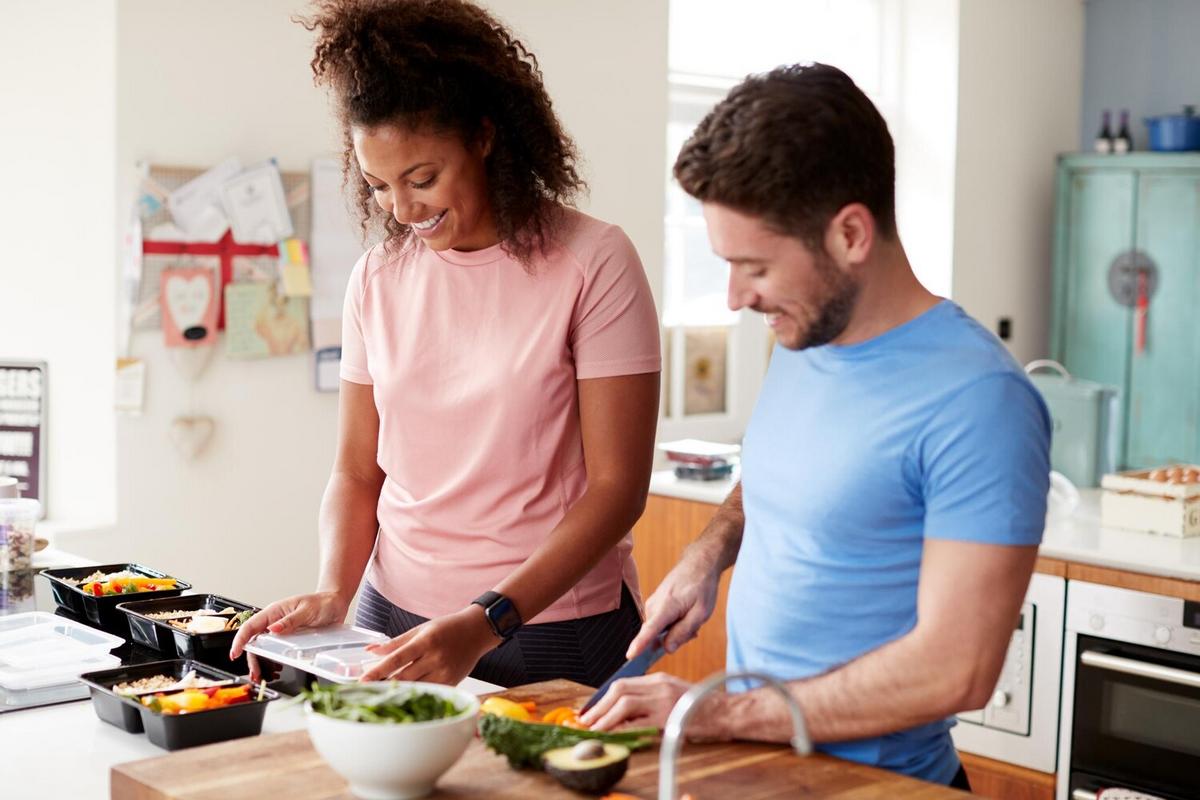Meal prepping can feel like a daunting task, especially when you’re short on time. But what if I told you that you could prepare a week’s worth of meals in under an hour? Yes, it’s possible! In this ultimate guide, we’ll explore how you can streamline your meal prep process to save time, eat healthier, and reduce food waste.
Why Meal Prep?
Meal prepping offers numerous benefits, from saving money to promoting healthier eating habits. According to a study published in the International Journal of Behavioral Nutrition and Physical Activity, people who meal prep are more likely to have better diet quality and lower body fat percentages.
“Failing to plan is planning to fail.” — Alan Lakein
Expert Opinions
Nutritionist Jane Doe states, “Meal prepping allows you to control your portions and ingredients, making it easier to stick to your dietary goals.” This sentiment is echoed by fitness coach John Smith, who adds, “It also takes the guesswork out of daily meal decisions, which can be a huge time-saver.”
Getting Started: Essential Tools
- Storage containers
- Measuring cups and spoons
- Sharp knives
- Cutting board
- Slow cooker or Instant Pot
- Sheet pans
Step-by-Step Guide
1. Plan Your Meals
Start by planning your meals for the week. Choose recipes that share common ingredients to save time on prep work. Here’s an example of a weekly meal plan:
| Day | Breakfast | Lunch | Dinner |
|---|---|---|---|
| Monday | Overnight oats | Chicken salad | Grilled salmon |
| Tuesday | Fruit smoothie | Quinoa bowl | Stir-fried tofu |
| Wednesday | Greek yogurt | Turkey wrap | Veggie pasta |
| Thursday | Scrambled eggs | Caesar salad | Beef stew |
| Friday | Avocado toast | Chickpea salad | Chicken curry |
| Saturday | Pancakes | Sushi rolls | Fish tacos |
| Sunday | Bagel with cream cheese | BLT sandwich | Spaghetti Bolognese |
2. Grocery Shopping
Create a detailed shopping list based on your meal plan. Stick to your list to avoid impulse buys and ensure you have everything you need.
3. Prep Ingredients
Wash and chop vegetables, cook grains, and portion out snacks. This will make your cooking process much faster.
4. Cook in Batches
Use your slow cooker, oven, and stovetop simultaneously to maximize efficiency. For instance, while your slow cooker is making a hearty stew, you can roast vegetables in the oven and cook quinoa on the stovetop.
5. Assemble and Store
Once everything is cooked, assemble your meals in storage containers. Label them with the date and meal name to keep everything organized.
Comparison Table: Meal Prep Containers
| Material | Pros | Cons |
|---|---|---|
| Glass | Microwave-safe, durable | Heavier, more expensive |
| Plastic | Lightweight, inexpensive | May warp, not always microwave-safe |
| Stainless Steel | Durable, eco-friendly | Not microwave-safe, can be pricey |
| Silicone | Flexible, microwave-safe | Less durable, can retain odors |
FAQs
Frequently Asked Questions
How long can meal-prepped food last?
Most meal-prepped foods can last up to four days in the fridge. For longer storage, consider freezing your meals.
Can I meal prep for breakfast, lunch, and dinner?
Absolutely! Meal prepping can be done for all meals. Just ensure you have a variety of recipes to avoid getting bored.
Is meal prepping cost-effective?
Yes, meal prepping can save you money by reducing food waste and limiting the need for takeout or dining out.
Conclusion
Meal prepping in under an hour is entirely achievable with the right planning and tools. By dedicating a small portion of your time each week, you can enjoy healthy, homemade meals without the daily hassle. So why not give it a try? Start small, stay consistent, and enjoy the benefits of a well-organized meal plan.

Leave a Reply